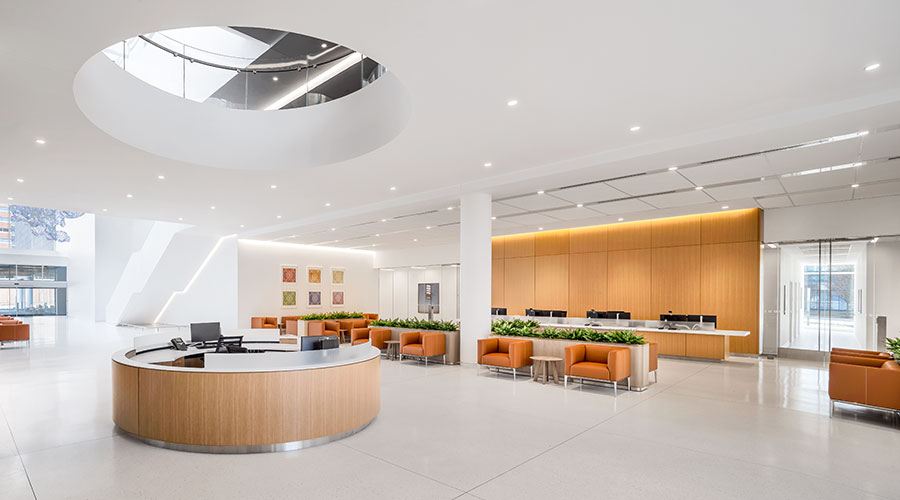The COVID-19 pandemic has tested the limits of many healthcare facilities to safely and effectively treat the increasing number of cases. To create enough space to treat patients, some organizations have opened temporary facilities and field hospitals. The next step in some case will be to determine whether or not to turn these spaces into permanent facilities.
According to Health Facilities Management, this process normally would be quite lengthy, including conceptual design; plan development; mechanical, electrical and plumbing schematics; site and civil plan development; authority having jurisdiction (AHJ) plan review; and inspections. Fortunately, the Centers for Medicare & Medicaid Services (CMS) recognized the need for extra beds early in 2020 and allowed temporary emergency facilities under the 1135 waiver.
Early on in the pandemic, one health care organization recognized the need to construct additional facilities for COVID observation beds. Since time was of the essence, officials procured prefabricated modular buildings. These were moveable via tractor-trailer and easily connected together with medical gas, nurse call, life safety, lighting, electrical, plumbing, HVAC, emergency power, and the rest of the health care infrastructure a typical hospital requires to provide patient care and be in compliance.
The organization erected two temporary facilities, but the state might allow these facilities to remain permanently as long as the organization provides necessary documentation and meets all codes and standards for construction.
For organizations interested in keeping their temporary facilities, officials strongly encourage the involvement of the local CMS office, state fire marshal’s office and local building departments during planning and construction. Once the state of emergency is lifted, the organization will have 90 days to submit all required documentation as would be the case for a new construction or renovation project.
Click here to read the article.

 Should We Be Testing Toilet Water in Patient Restrooms?
Should We Be Testing Toilet Water in Patient Restrooms? Healthcare Union Petitions for Increased Staff Safety at HCA Florida Hospitals
Healthcare Union Petitions for Increased Staff Safety at HCA Florida Hospitals HGA Announces Completion of the Jeffrey and Patricia Cole Pavilion
HGA Announces Completion of the Jeffrey and Patricia Cole Pavilion Healthcare Facilities Look to Future-Proof Facilities
Healthcare Facilities Look to Future-Proof Facilities Yale New Haven Health Experiences Data Breach
Yale New Haven Health Experiences Data Breach